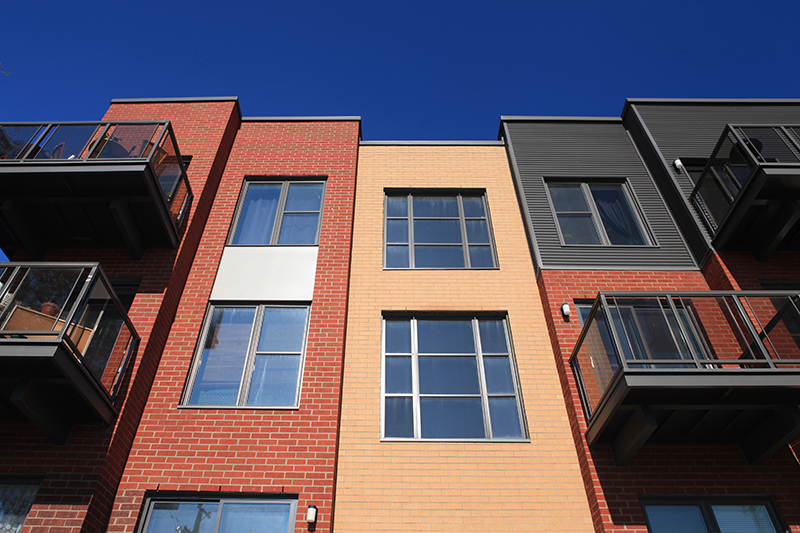A Real Capital Analytics report on COVID-19 and real estate investments noted the necessity of lending and financial liquidity during economic downturns.







A Real Capital Analytics report on COVID-19 and real estate investments noted the necessity of lending and financial liquidity during economic downturns.
Arbor’s COVID-19 Multifamily Roundup will be updated throughout the week with news on how the coronavirus is affecting commercial real estate.
Moody’s Analytics reviewed Covid-19 effects on California’s multifamily market, showing in many ways commercial real estate remains a local business.
The coronavirus has sent shock waves through the global economy. With uncertainty rising, investors have quickly piled into safe-haven assets, sending bond yields to new depths. Multifamily will also see its turbulence, but it is well positioned to weather the storm.
Arbor Realty Trust’s COVID-19 Multifamily Roundup provides updated news on how real estate is being impacted in today’s economic climate.
Moody’s Analytics provided insights on the COVID-19 CRE impact, pointing out differences based on property types and geographic locations.
The COVID-19 Multifamily Roundup provides news links with key takeaways to assist borrowers in today’s evolving financial environment.
RealPage presented a webcast on Covid-19 and apartment demand. Economists provided advice on retaining tenants, while forecasting the pandemic’s future effects on the economy.